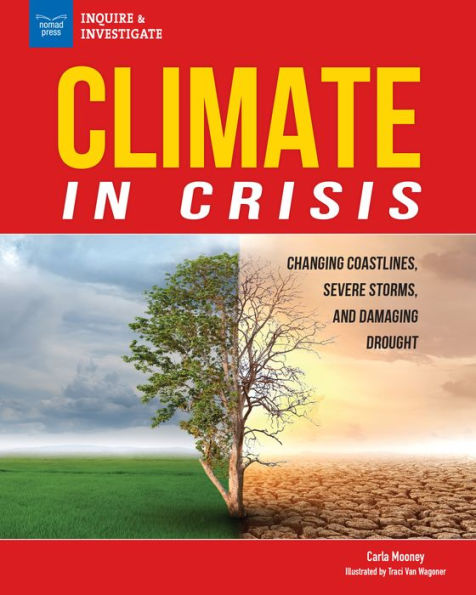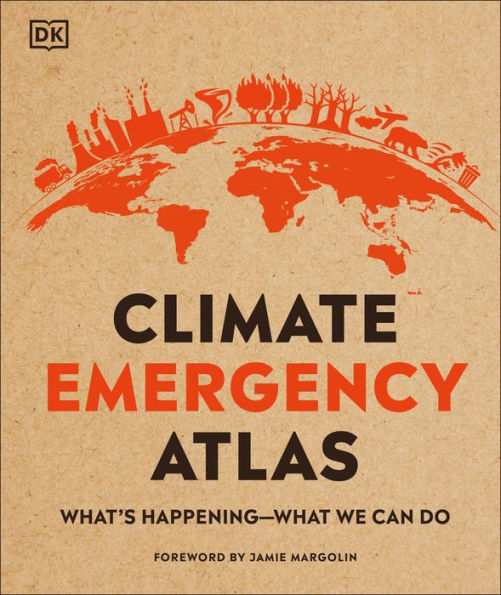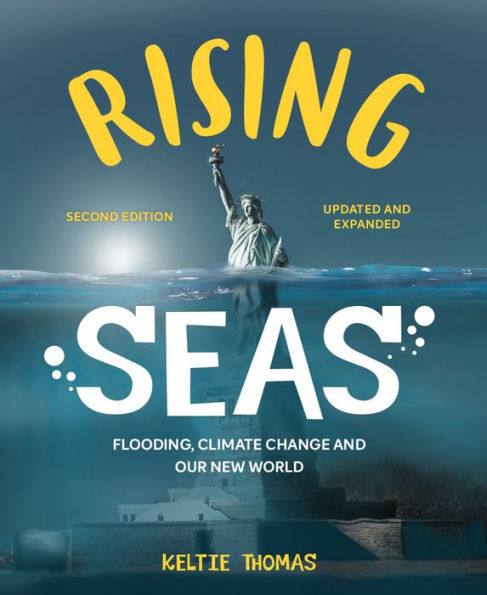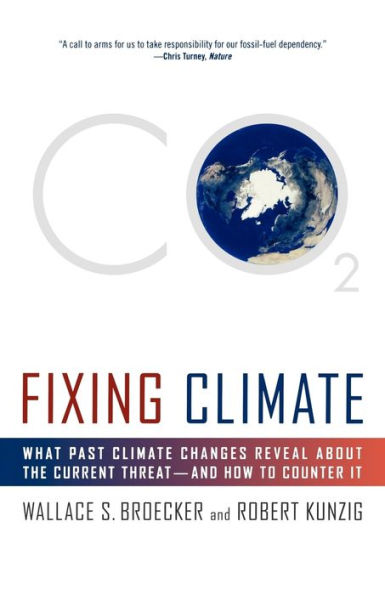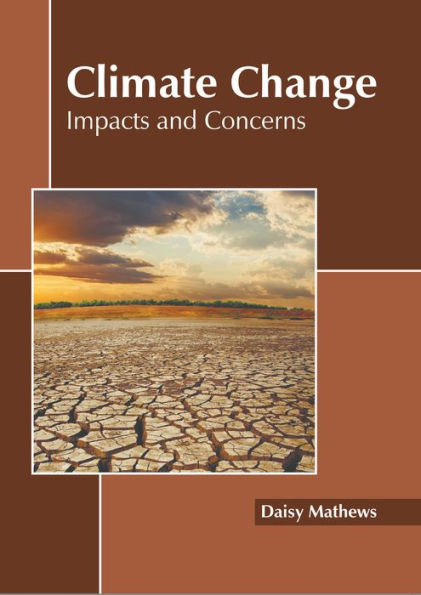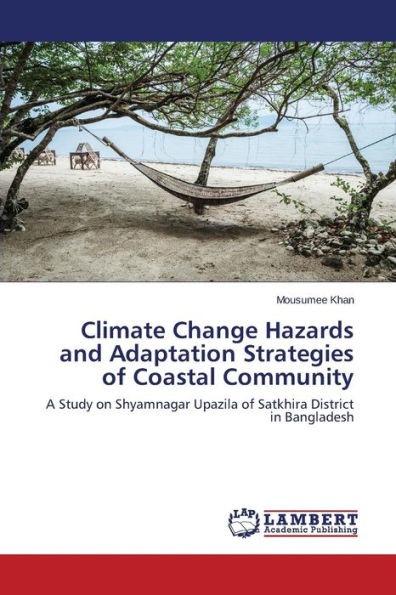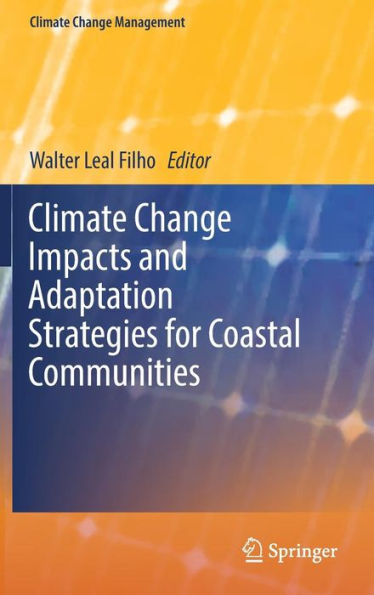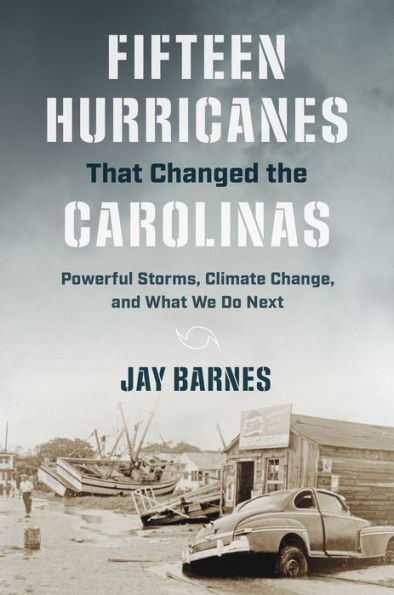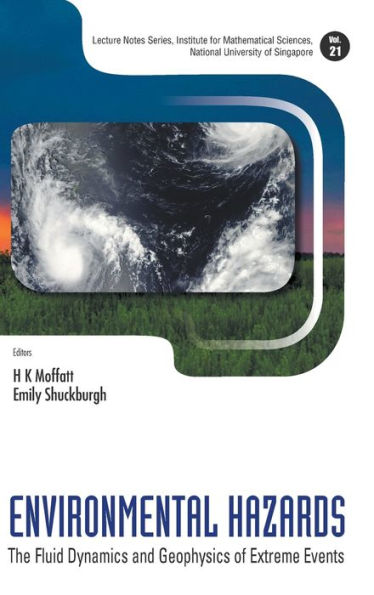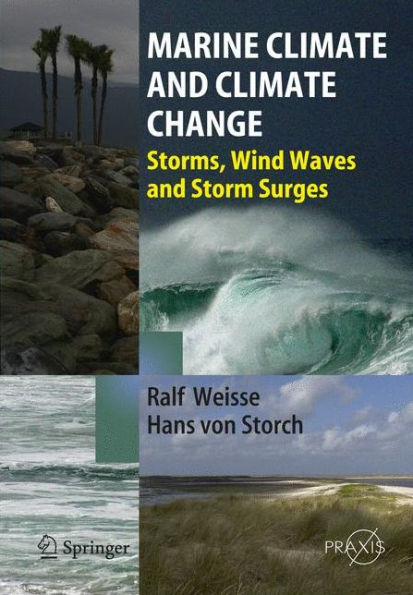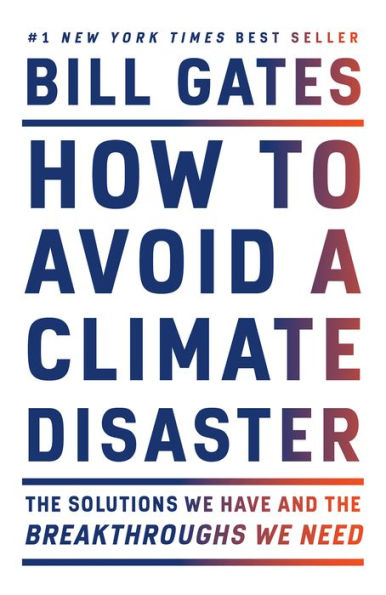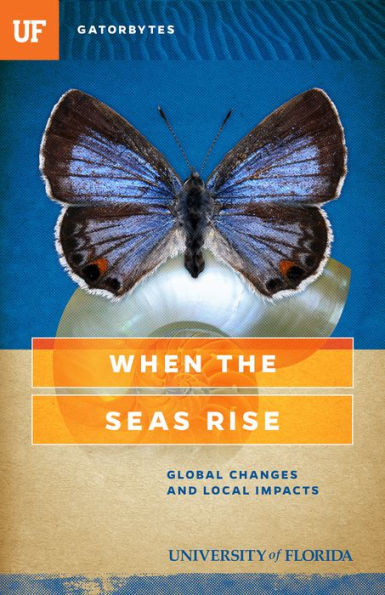Home
Extreme Weather and Coastal Flooding: What Is Happening Now, What Is the Future Risk, and What Can We Do About It?


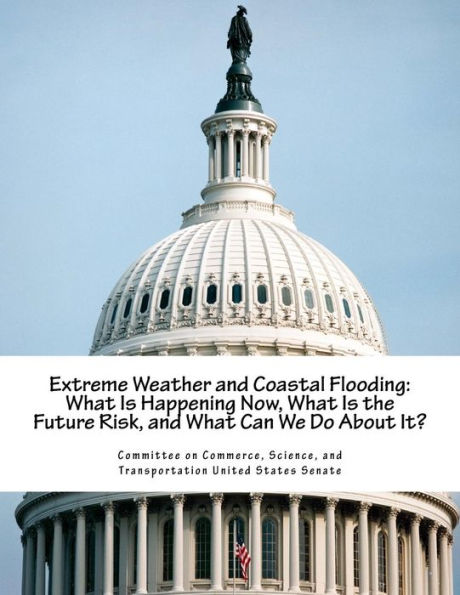
Extreme Weather and Coastal Flooding: What Is Happening Now, What Is the Future Risk, and What Can We Do About It?
Current price: $15.95
Loading Inventory...
Size: OS
While there are still some who continue to deny that climate change is real, South Florida offers proof that it is real and it is an issue we are going to have to confront in the decades ahead. Florida is particularly vulnerable to the effects of climate change. We have over 1,200 miles of coastline, more than any other state in the continental U.S., and over three-quarters of our state's residents live in coastal areas. Florida is also quite flat. The highest point in the peninsula of Florida is in the center of the state near Lake Wales at Bok Tower, and it is only 345 feet high. Our communities are already experiencing regular, nuisance flooding, especially during the king tides. The National Academy of Sciences found that 67 percent of the nuisance floods in the U.S. are being driven by human-caused global sea-level rise. In Miami Beach, tide-induced flooding has increased by more than 400 percent in the last decade. In southeast Florida, sea-level rise has tripled since 2006. The resulting impacts of coastal flooding, saltwater intrusion, storm surge, and land erosion on the Florida coast has prompted local governments to act. In Palm Beach County, more than 20 acres of beach and sand dunes had to be restored following Hurricane Sandy to better protect shore-side communities from flooding and severe weather. Observations such as these-not models, not projections, but data-tell us that the average global sea-level rise is happening.
